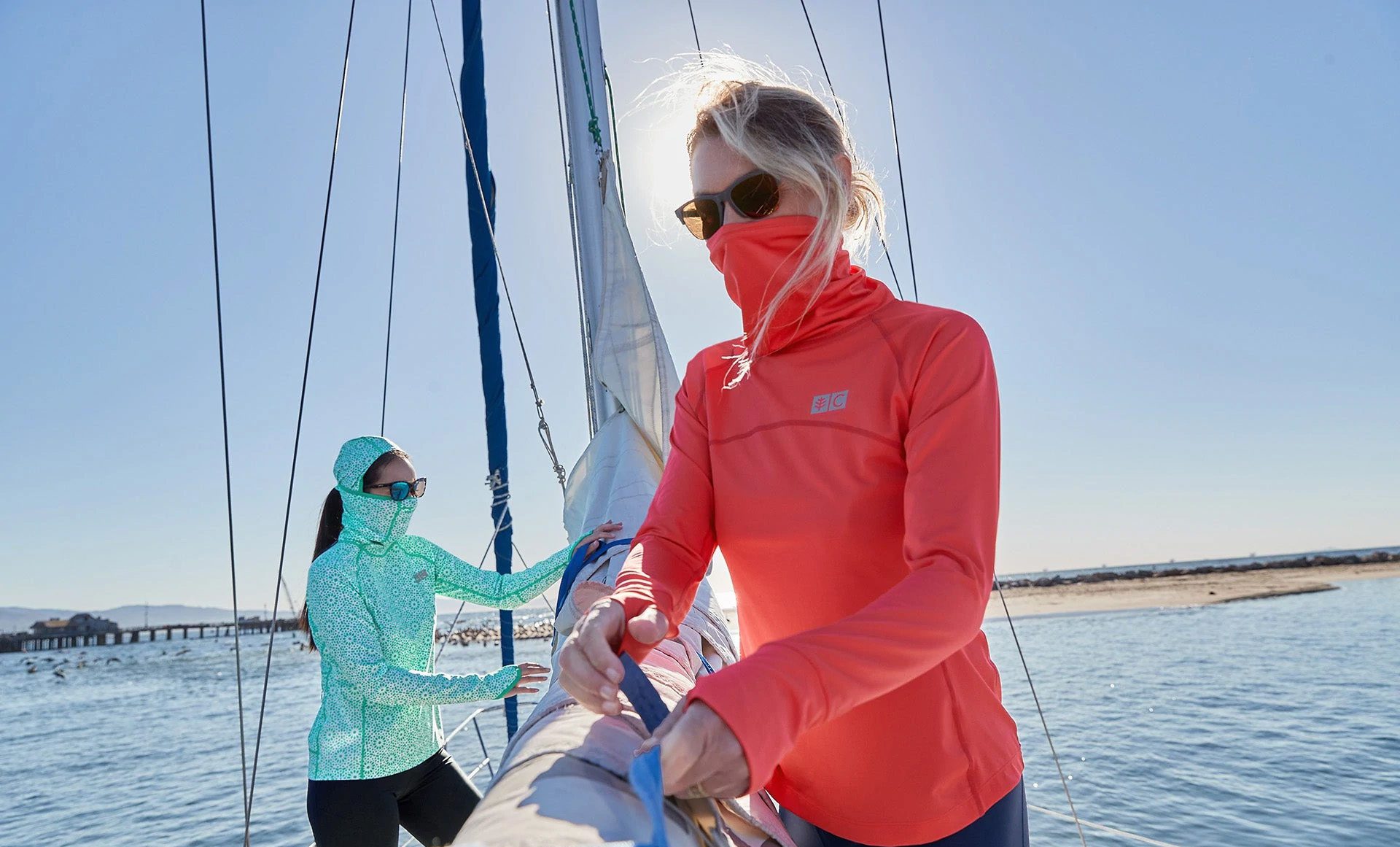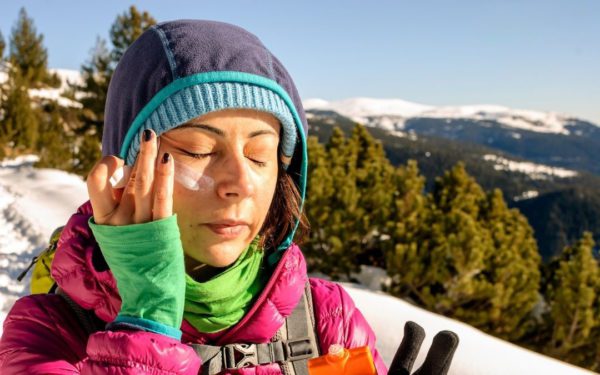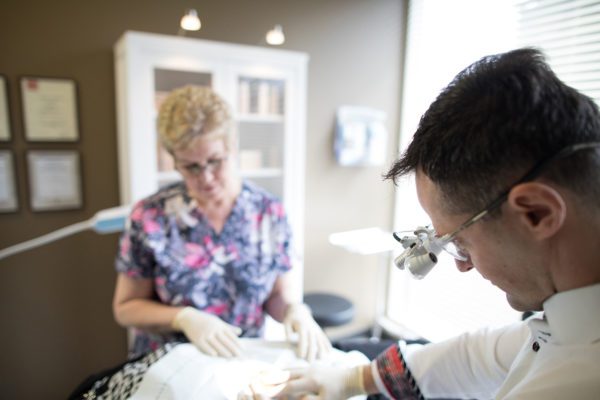Sunscreen has been around for many years, but there’s still a lot of confusion around who should wear sunscreen and which type is best. With people becoming more conscious about what they put on their skin, more attention is being drawn to the chemicals in sunscreen products.
It’s common to think that the choice is between chemical and organic. But that’s not always the case. Chemical sunscreens can be organic, and are a great option for many individuals. Chemical, organic, mineral, powder, liquid…you’ve got a lot of choices. As physicians in sun care, we’re here to help.
In this blog post, we’ll cover who needs sunscreen, the differences between sun-protection products, and why you should care. We’ll arm you with the knowledge necessary to choose effective sun products and safely enjoy your time outdoors.
Let’s get started.
Who Needs Sun Protection?
Everyone! Our skin can be permanently damaged from sun exposure, which can lead to serious skin cancers like melanoma. Prevention is better than cure, so whether you are young* or old, pigmented or pale, you can benefit from the use of sunscreen. We recommend using at least an SPF 30 sunscreen and reapplying frequently.
It’s important to note that certain sensitivities and allergies require extra protection. Sun allergy is a common term to describe a number of conditions that cause an itchy red rash from sun exposure. If you have this condition, additional precautions or even avoiding the sun altogether may be necessary.
*While protecting babies from sun exposure is critically important, the Skin Cancer Foundation recommends waiting until they’re 6 months old before introducing sunscreen. Shade and sun-protective clothing are the best forms of protection for your littlest family members.
Now, onto the differences between sun-protection products. Let’s explore some of your sunscreen options.
The Great Debate: Mineral vs. Chemical vs. Organic Sunscreen
People are becoming increasingly concerned with the contents of chemical sunscreens. While a few bad actors have helped spread misnomers about this truly valuable product, it’s important to know that there are great, safe options for both mineral and chemical sunscreens. But first, what’s the difference?
Mineral Sunscreen

High-quality mineral sunscreens use non-toxic minerals to physically block and reflect UV light. Unlike chemical sunscreens, these products sit on top of the skin and won’t be absorbed.
As a surface product, mineral sunscreens are typically seen as the healthier of the two options. Like a reflective shield, they give the added benefit of being effective immediately. However, they’re also easier to rub off or wash away. Look for a water-resistant formula and reapply often to make sure you’re protected.
Traditionally, mineral sunscreens are known to leave a noticeable white tint on the skin. However, with new technologies, companies are now creating product formulas that blend in nicely. Colorescience Sunforgettable Enviroscreen is a great example of an effective, brush-on mineral shield for everyday wear.
When shopping for mineral sunscreens, ensure they include both zinc oxide and titanium dioxide for UVA and UVB protection. Many non-nanotized mineral sunscreens are also considered “reef safe”, so you won’t have to worry about your environmental impact. Coola’s Mineral Face Organic Matte Tint Sunscreen is a great example.
Chemical Sunscreen
Chemical sunscreens get a bad rap, but don’t let their name scare you. You don’t have to worry about harmful chemicals when you choose the right products. The FDA has approved certain chemical actives that have been deemed reef-friendly and human-safe.
Unlike mineral sunscreens, chemical sunscreens need 20-30 minutes after their application to be effective. This is because the skin needs time to fully absorb the sunscreen, which helps give it a weightless feel and minimizes any greasy feel. Water- and sweat-resistant formulas are often chemical.
In the case of COOLA’s chemical sunscreens, these chemicals are incorporated with natural and botanical ingredients. This helps to naturally boost the efficacy of their products while minimizing their use of chemicals. From our range of Coola sunscreen, we recommend the Coola Body SPF 30 spray for protection on the go.
Organic Sunscreen
The organic designation of many products can be confusing, this is especially true for sunscreen products. Organic sunscreens use carbon-based (also known as organic) chemicals to protect your skin from UV rays. These chemicals commonly include oxybenzone, avobenzone, and octinoxate. Organic sunscreens must use at least 70% organic ingredients to be certified organic and should note the percentage of organic ingredients on the label.
In theory, organic sunscreens should have fewer and healthier ingredients than their non-organic counterparts. There’s a lot of confusion between natural, organic and mineral sunscreen terminology, but that there’s no right or wrong choice. More importantly, choose a high-quality product that works for your skin type and activity level. The best sunscreen is the one that you’ll use.
If you’re unsure of where to start, Coola’s organic sunscreens check all the boxes.
Multiple Lines of Defence
Sunscreen provides great protection for outdoor activities, or for covering areas not protected by clothing. However, it’s only effective if you’re using it properly. Most people don’t apply enough sunscreen or don’t reapply when sweating, swimming or staying outdoors for extended periods of time.
If you want to get ahead of the harmful UV rays and take your protection to the next level, it’s a great idea to pair your sunscreen or organic sunscreen with sun protective clothing. There are a wide variety of options, ensuring you can find the perfect fit and style for any activity.
Choosing the right sun protection may seem like a daunting task. With so many products on the market and unclear ingredient lists, it can be tough (and expensive!) to find one that works for you. But UVwise makes it easy. We’ve handpicked the highest-quality brands and products to help keep you protected.

Why You Should Care About Sun Protection
Being proactive about skin protection will help you safely and confidently enjoy the outdoors. Knowing that you’re protected, you can experience all the majesty that Canada (or your next travel destination) has to offer!
Sun protection is pivotal in preventing all forms of skin cancer. From the most dangerous skin cancer, melanoma, to basal and squamous cell carcinomas, as well as precancerous skin lesions (actinic keratosis). We want you covered — literally.
Hurdles in Skin Cancer Prevention
There are two significant challenges in preventing skin cancer:
1. Misnomers of sunscreen
Sunscreen and organic sunscreen is commonly the first and only line of defence against UV rays. This often leaves people with a false sense of security due to inadequate application, failing to reapply, and using too low of an SPF.
2. Access to protection
Research has shown that clothing plays the most significant role in decreasing our risk of skin cancer, and it is now understood that total body coverage — dark-coloured, long sleeve shirts, pants and wide-brimmed hats, etc. — is the best way to protect our skin from harmful UV rays.
Ask the Professionals
Drs. Ben and Lize Wiese founded the Kelowna Skin Cancer with the goal of preventing skin cancer. As owners and operators of the clinic, they saw a need in their patients. They set out to equip Canadians with the tools and knowledge to be proactive about skin protection. If you have any questions about prevention services and treatments, contact us today!




